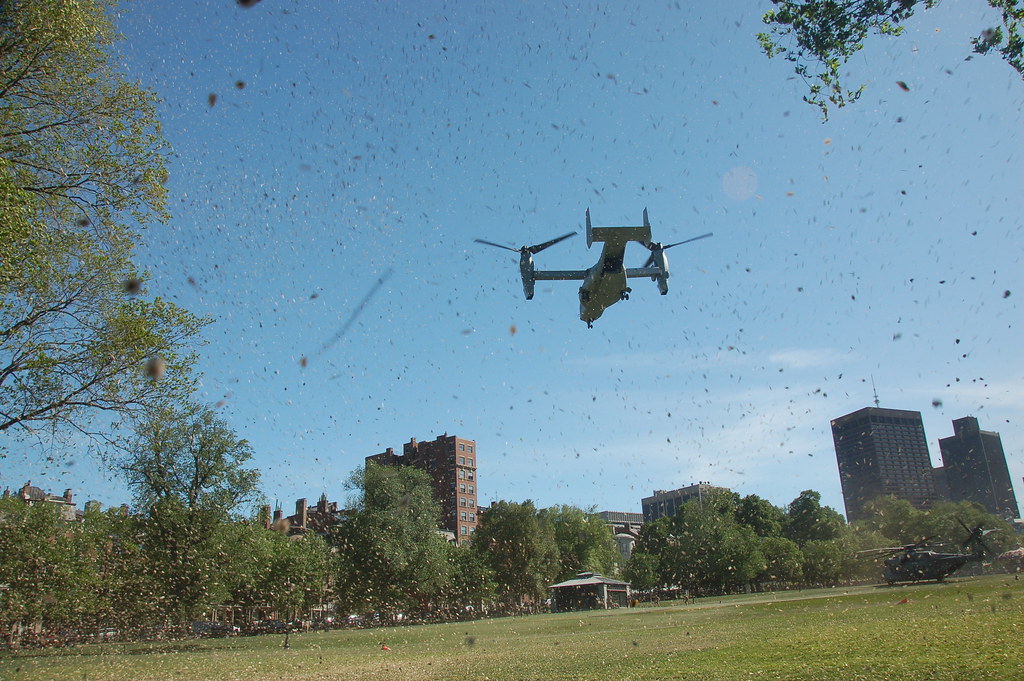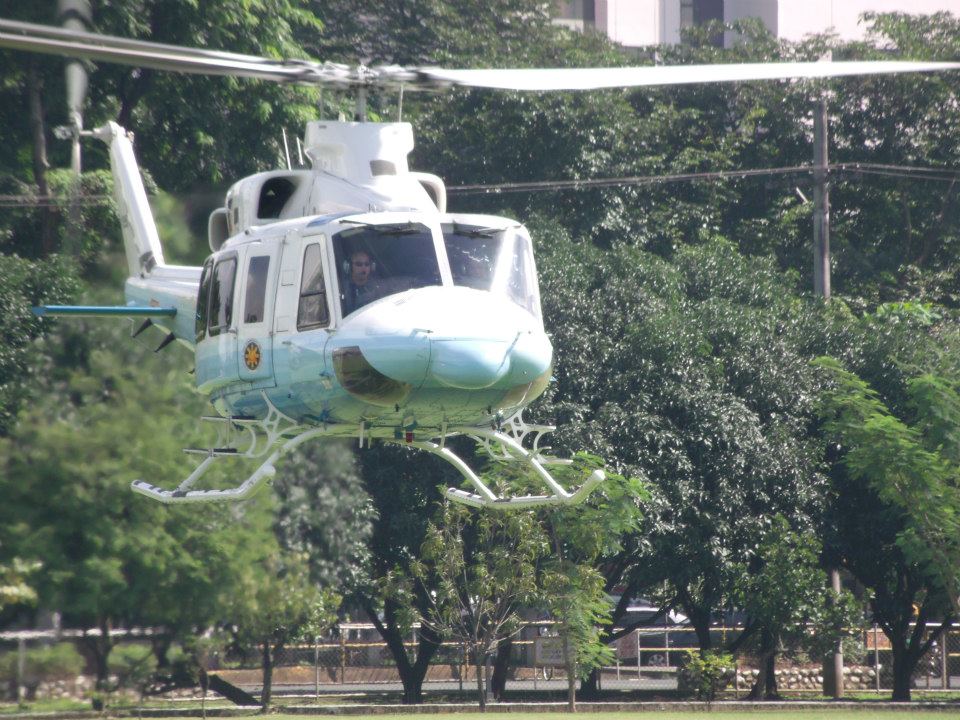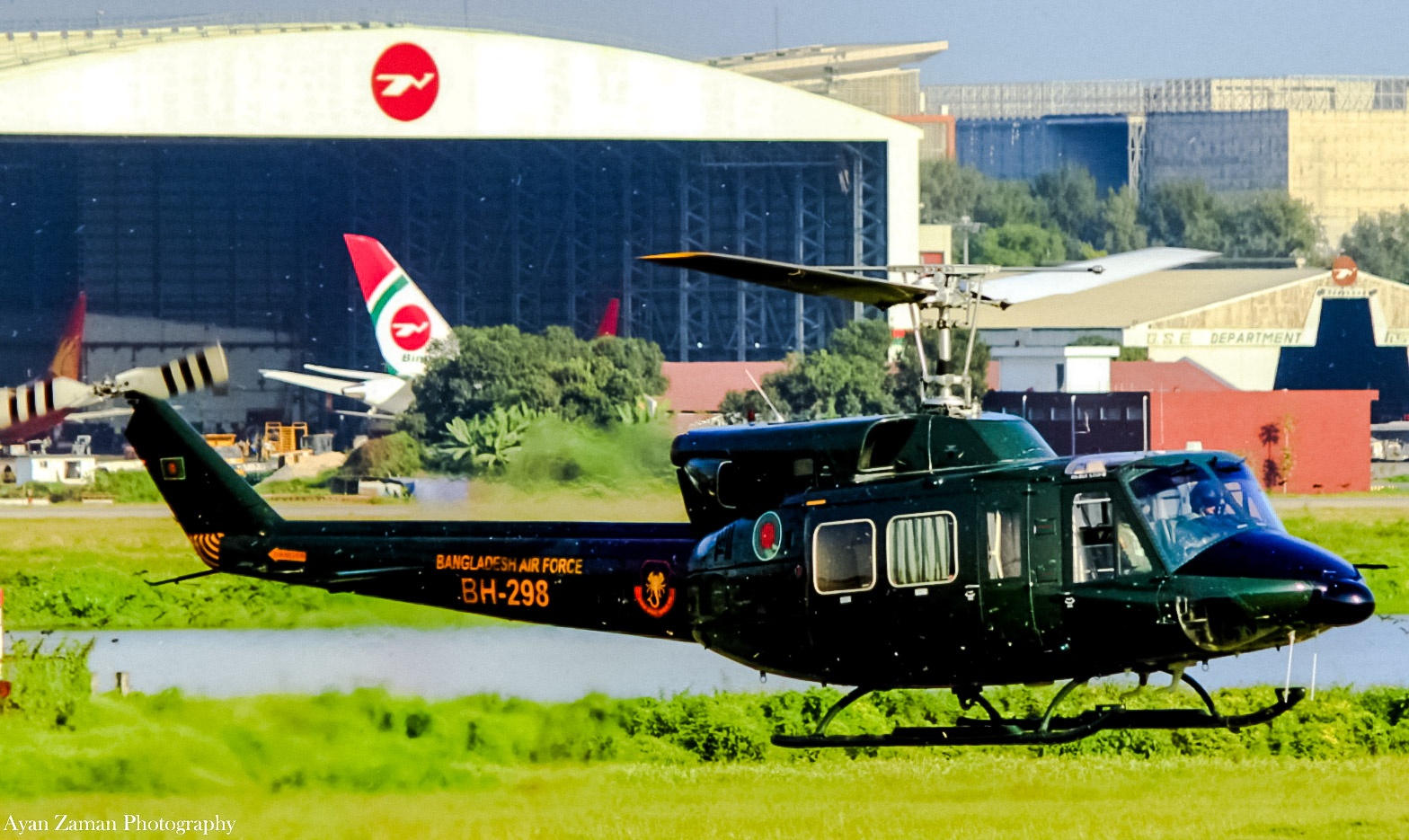
In the shadow of the Zagros Mountains, thick fog blanketed the terrain on a fateful Sunday. The tragic helicopter crash that claimed the life of Iranian President Ebrahim Raisi and his entourage has ignited global discourse on the consequences of stringent sanctions on Iran’s aviation sector.

The incident, which resulted in the deaths of several high-ranking officials, starkly illustrates the dangers faced by a nation forced to rely on an antiquated fleet due to prolonged restrictions.

The Bell 212 helicopter, a US model originally introduced in 1968 and last manufactured in 1998, was navigating treacherous mountainous conditions near the border with Azerbaijan when it crashed.

While weather conditions were undoubtedly poor, the advanced age and upkeep of the helicopter could not be overlooked. The craft, believed to be between 40 and 50 years old, was acquired before the 1979 revolution when diplomatic ties between Washington and Tehran were amicable.

Western sanctions have left Iran barred from purchasing new aircraft or components from US or European suppliers for almost half a century. This has forced both military and civilian operators to depend on older vehicles from bygone eras.

The plight of Iran’s air fleet mirrors the country’s struggle under the weight of sanctions, with former officials pointing to technical problems caused by the fleet’s aging condition as the probable reason for the crash.

Iran has been obstructed from efforts to renew its fleet or access essential spare parts and maintenance contracts. Even civilian airliners, like the handful of Airbus A300s which ceased production over a decade ago, are dated, with Iran Air still operating a nearly 40-year-old A300.

Iran’s military fleet fares no better. Among its 204 combat aircraft are 63 F-4 Phantom II fighter jets delivered in 1968 and F-14 Tomcat fighters, made famous by the film Top Gun, which are expensive to repair and scarce in spare parts.

Maintenance challenges have forced Iran to resort to “cannibalizing” old aircraft for parts, sometimes scouring museums or attempting international recruitment for essential components, a tactic foiled by American security in 2018.

Bernard Lavelle, aviation consultant, highlighted the critical nature of aircraft parts, noting, “They are unlikely to last as long, they may not even fit properly and will likely be made with sub-optimal materials, which means that the aircraft will be less safe.”

Iran’s military aircraft accidents are not an anomaly. The nation has recorded 21 fatal air accidents between 2000 and 2019, with notable disasters such as the 2005 military transport plane crash in Tehran killing 128 people.

Despite these tragedies and the knowledge of their fleet’s frailties, sanctions have left Iran with limited options, compelling them to continue operating these high-risk aircraft.

The late president’s frequent trips using helicopters, combined with a leaked classified letter emphasizing Iran’s need for new helicopters from Russia, underscores the perilous state of its aviation sector.

The recent disaster not only shines a light on Iran’s threadbare aviation capabilities but also underscores the geopolitical complexities of sanctions and their far-reaching implications on a country’s operational security and safety standards.

The crash and its aftermath leave the world with a stark reminder of the fragility of Iran’s aging aircraft and the perilous skies over which they fly.
Relevant articles:
– Iran’s struggle with fleet of ageing, disaster-prone aircraft, inews.co.uk
– Raisi’s Sudden Helicopter Death Puts Spotlight On Iran’s Antiquated Aviation, Forbes
– How sanctions played havoc with Iran’s ageing helicopters, AFR
– Raisi Crash Exposes Dangers of Iran’s Threadbare Aviation Fleet, BNN Bloomberg
